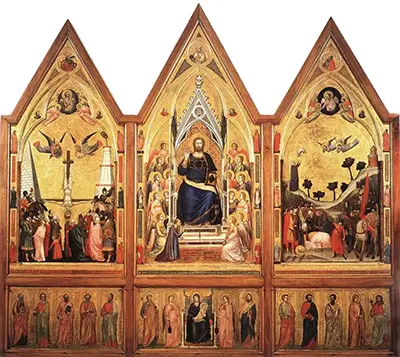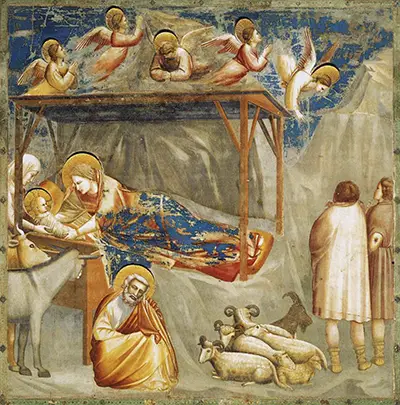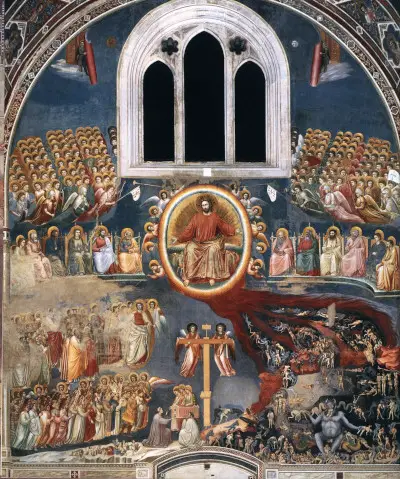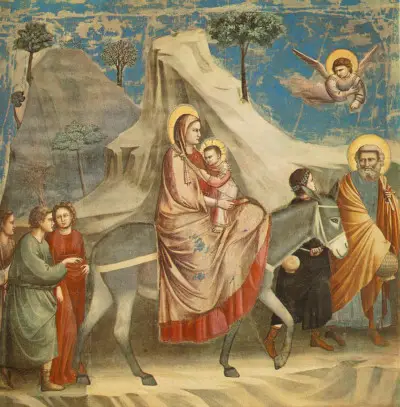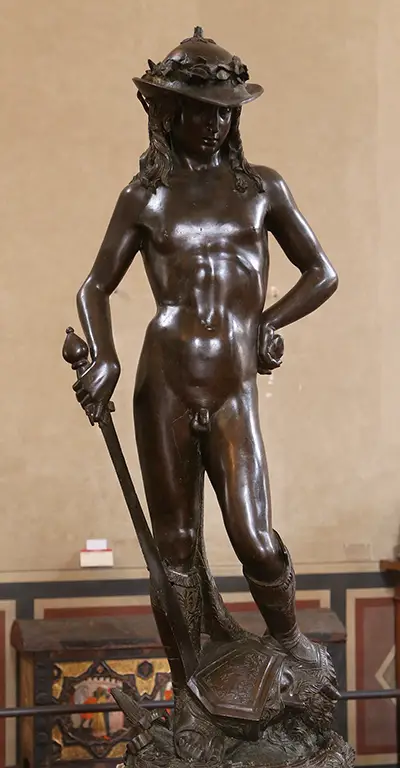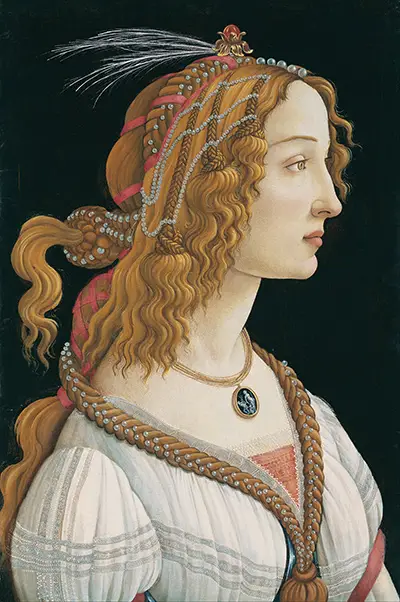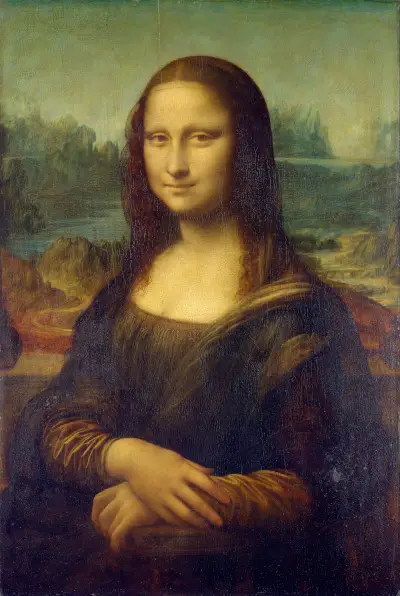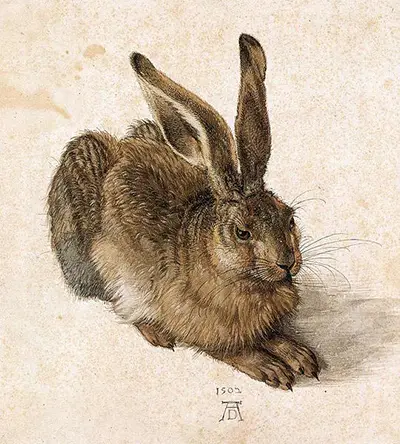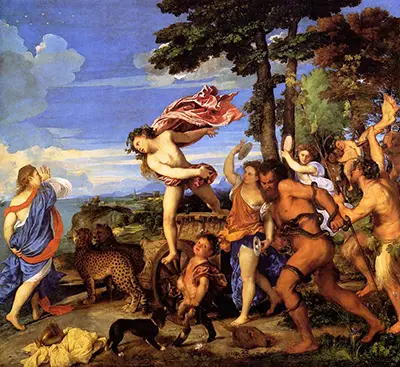Giotto di Bondone is entirely recognized as a pioneer of the world of art, having made his first inventive steps towards the Reawakening. His profession began at the time of great barbaric artistes, where he quickly substituted conventional Byzantine techniques for the ordinary and ground style for which he is recognized at the moment.
Di Bondone turned to these artists and his director, Cimabue, for hints about the theme and location of his paintings. Like his director and others, he has ornamented sanctuaries, cathedrals, stands and other places of devotion, exemplifying wonderful, elaborate extracts from the life of Christ and the saints. Although Bondone made his debut among the greats of the Middle Ages, he soon grows into a big one, transmuting the art world with his ground-breaking style and canvas technique. Finally, Bondone decides to develop his own chic of painting, he operated closely with his director, Cimabue. It is noticeable that the two men operated together on the upper limit of the Church of St. Francis of Assisi, recitation extracts from the life of the saint.
Nevertheless, it is pretty clear to distinguish the scene he was in charge of, his distinct technique automatically clarify it. Giotto's elegance was entirely new and exclusive for his time. He stimulated decisions away from the fluid and idealistic human facts of medieval workings and gave birth to the programme of naturalism. Naturalism entails painting pieces of stuff as they are; the weight is not on straightforwardness or a lack of ornamentation but on genuineness. Di Bondone devoted great status to the excellence of authenticity in art and was the first painter to spot human beings so carefully and to reproduce their gestures, lingos and actions in art. He unremitted this practice during the course of his profession, as it seems from his greatest older work to the previous ones.
Giotto made outstanding use of the space he had been given, sensibly planning both to maximize the primordial authenticity and to give his eyewitness a logic of participation in the work. Regarding how Bondone systematized his subjects, the ogler often seems to have a physical place in the canvas itself. Among numerous canvas designed by Giotto, the Pentecost have got lots of praises. The canvas shows the prospect from The Life of Christ during the day of the Pentecost.
The disciples are properly depicted encircled by golden halos demonstrating their close link with Jesus. The Holy Spirit is portrayed as emissions of sun sliding from the heavens, empowering Jesus’ disciples with the capability to declare in tongues. This special artwork is located in the national portrait gallery and you are free to visit the spot and appreciate the marvellous artwork of Giotto. The technique applied by Giotto was tempera wood paint. Tempera is an everlasting, fast-drying watercolour medium comprising of coloured tints variegated with a water-soluble folder medium, typically gluey material such as egg yolk.
More Renaissance Artists




 Giotto.jpg)
 Giotto.jpg)
